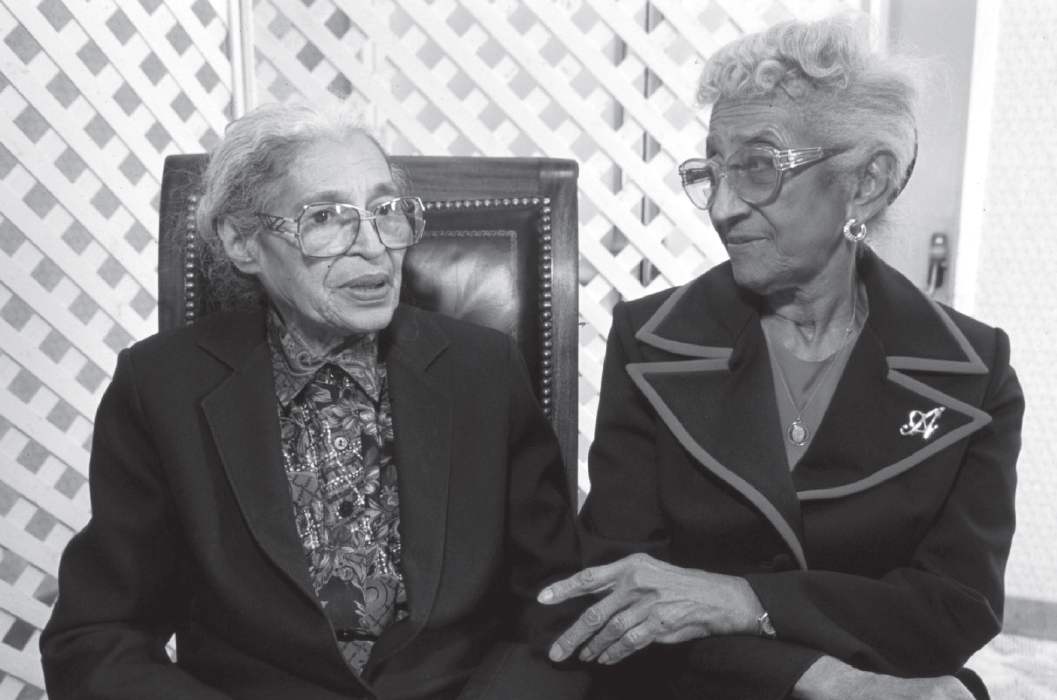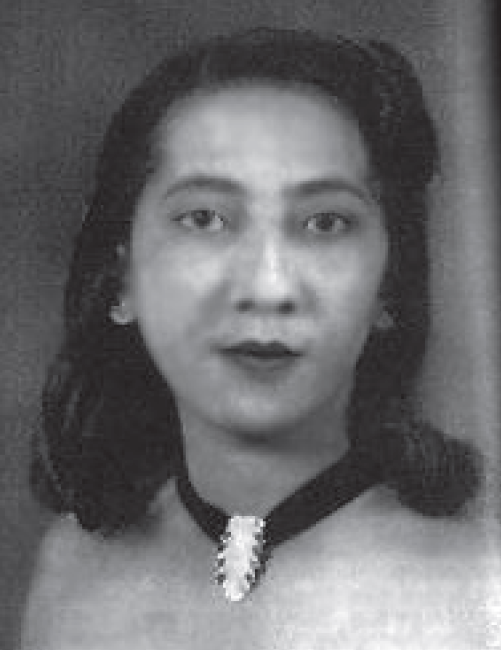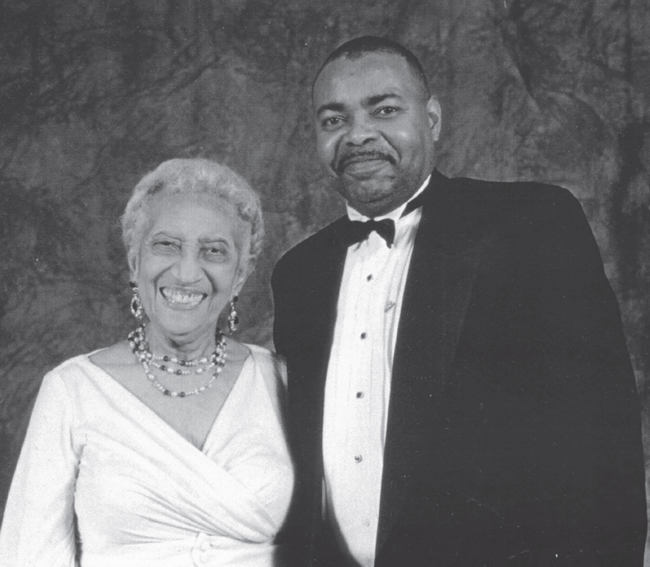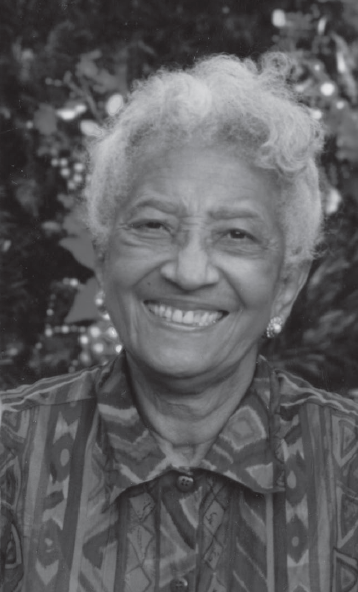Last updated: February 18, 2025
Article
Black History in the Last Frontier: Mahala Ashley Dickerson

Photo Courtesy of Erik Hill, Alaska Dispatch News (Anchorage Daily News Archive).

Reprinted from her book, Delayed Justice for Sale, Anchorage, AK: Al-Acres, 1998. Mahala Ashley Dickerson Papers, 1958-2007, David M. Rubenstein Rare Book & Manuscript Library, Duke University.
Alabama to Alaska
Dickerson returned to Alabama, where she became the first black female lawyer in the state in 1948. She spent the next six decades in the legal profession and made a name for herself representing people who faced discrimination. After spending three years practicing law in Alabama, she relocated to Indiana in 1951. There, she became only the second black woman admitted to the bar in that state.A few years later, Dickerson took a vacation to Alaska where she grew enamored with the landscape and natural beauty. After a brief return to Indiana, Dickerson decided to make the move north. Upon filing a claim for a 160-acre homestead in the Matanuska-Susitna Valley near Wasilla in 1958, Dickerson became the territory’s first black homesteader.

Mahala Ashley Dickerson Papers, 1958-2007, David M. Rubenstein Rare Book & Manuscript
Library, Duke University.
First Black Lawyer in Alaska
A few months later, Dickerson passed the Alaska Bar exam and became the first black lawyer in Alaska. Though Dickerson faced discrimination in Alaska as she had elsewhere, she nevertheless stayed and eventually opened law offices in Wasilla and Anchorage. She was known for her inspired defense of her clients. “My zeal was often resented by opposing counsel. I had no fear of the other attorney and often incurred his wrath,” Dickerson once said.In one of her most notable trials, Dickerson won a precedent-setting case for female faculty members at the University of Alaska who received lower wages than their male counterparts.

Mahala Ashley Dickerson Papers, 1958- 2007, David M. Rubenstein Rare Book & Manuscript Library, Duke University.
Outstanding American Lawyer
In addition, she received many legal honors throughout her career. She served as president of the National Association of Women Lawyers from 1983-84, and in 1985 was awarded the Zeta Phi Beta Award for distinguished service in the field of law. In 1995, Dickerson received the Margaret Brent Award from the American Bar Association, an honor recognizing the most outstanding American female lawyers. Dickerson warmly boasted, “Ruth Bader Ginsburg got hers before me, but I got mine before Sandra Day O’Connor.”In addition to her courtroom accolades, Dickerson published an autobiography, Delayed Justice for Sale in 1998. She claimed, “In my life, I didn’t have but two things to do. Those were to stay black and die. I’m just not afraid to fight somebody big.” Her accomplishments will stand among the elites of not only Alaska’s history, but also the history of the legal profession, and the history of civil rights and women’s activism.
